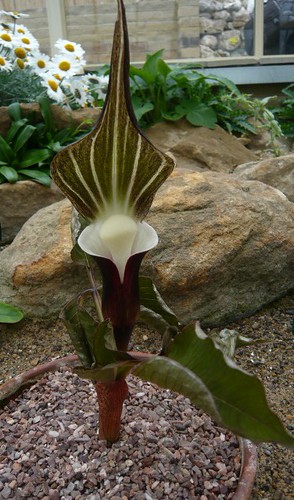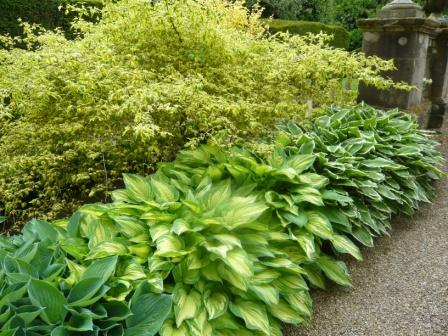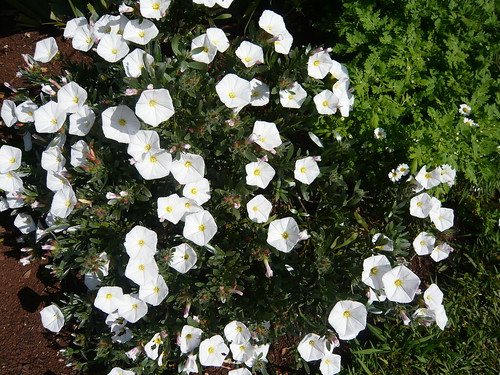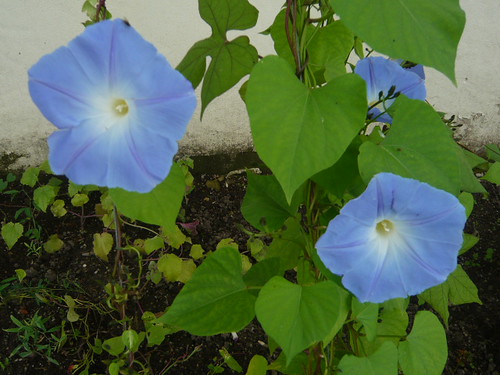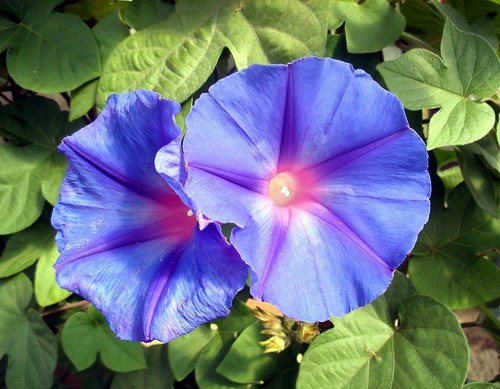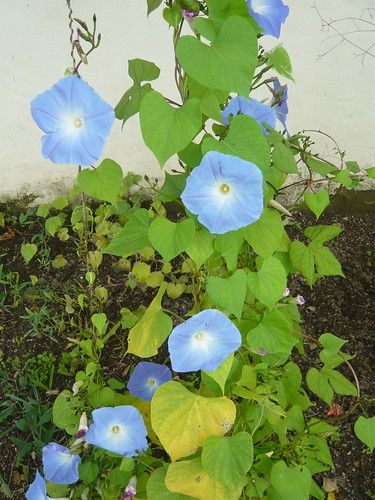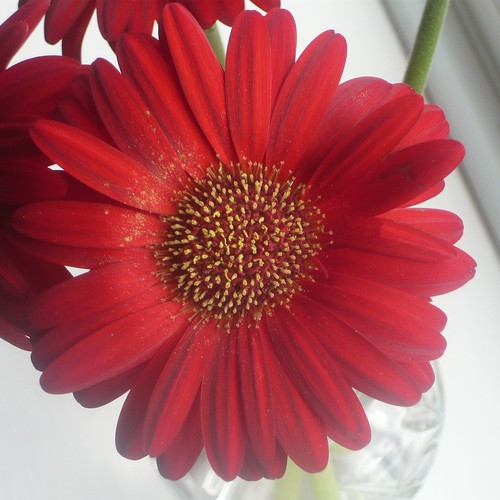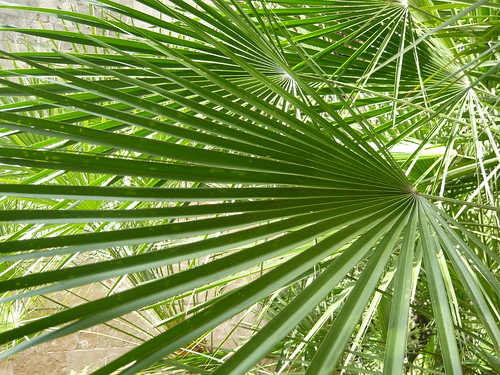More Phalaenopsis Moth Orchids
It is easier to call a Phalaenopsis by its common name of Moth Orchid
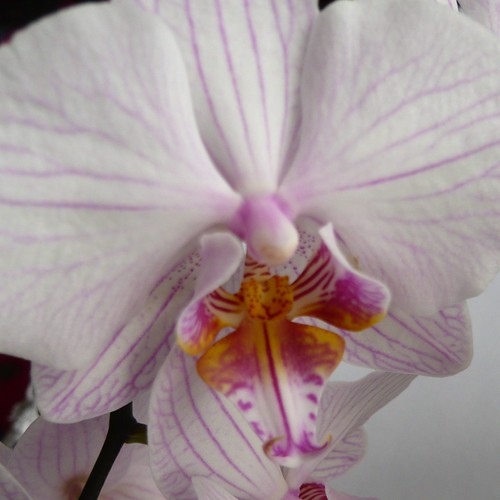
This moth orchid (called Phalaenopsis) is blooming for a second time this year and the last blossom lasted over 5 months. On one arching stem there are 12 flowerheads and one unopened bud but there is also 4 other stems at different stages of flower production and at least 25 2½” diameter flowers are currently on display. This floriferousness may be due to a happy accident after the first (and only) stem flowered I followed received wisdom. I trimmed off the spike to around 1 inch above the first node on the spike stem, somewhere below where the first flower had appeared, near a little bump. The stem regrew but horizontally and I wanted to tie it up a cane. Being too vigorous I broke the new flowering stem but all the new ones have turned up at the funeral so to speak.

